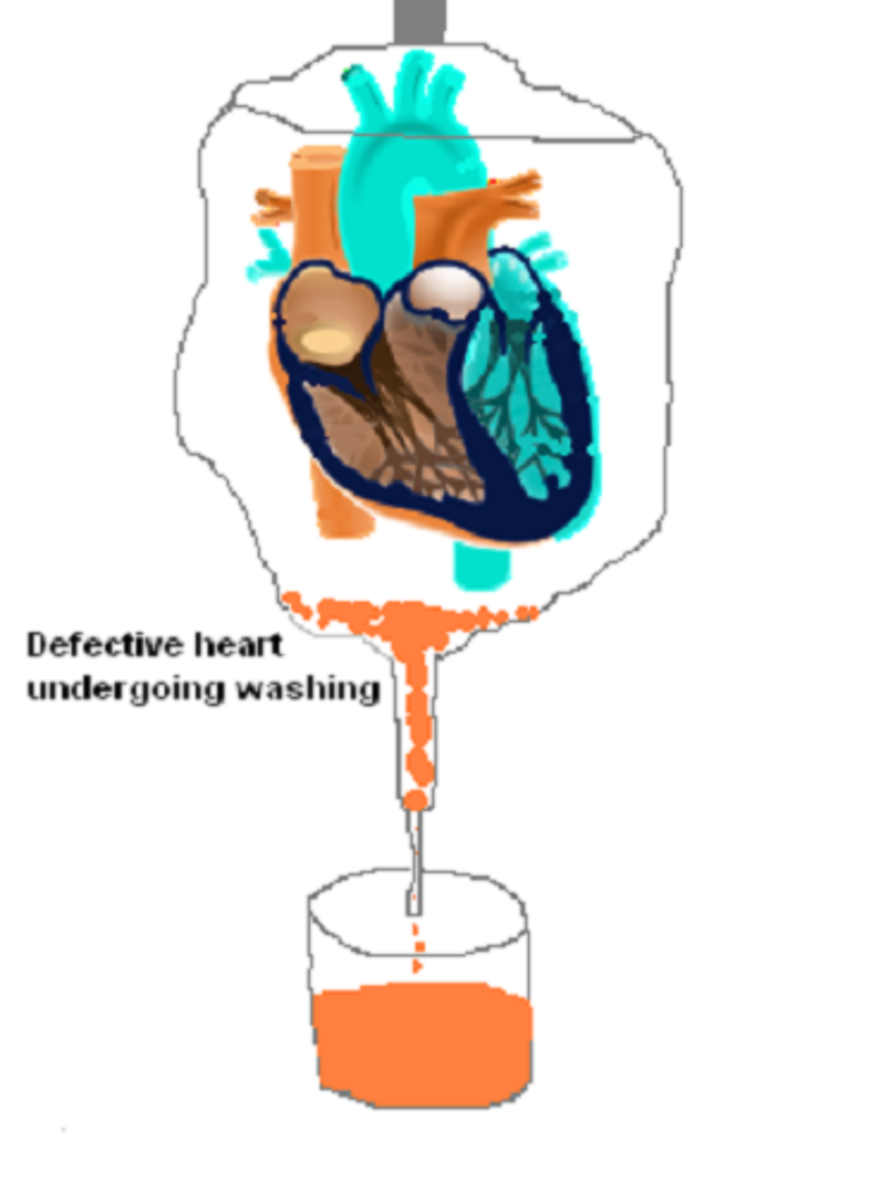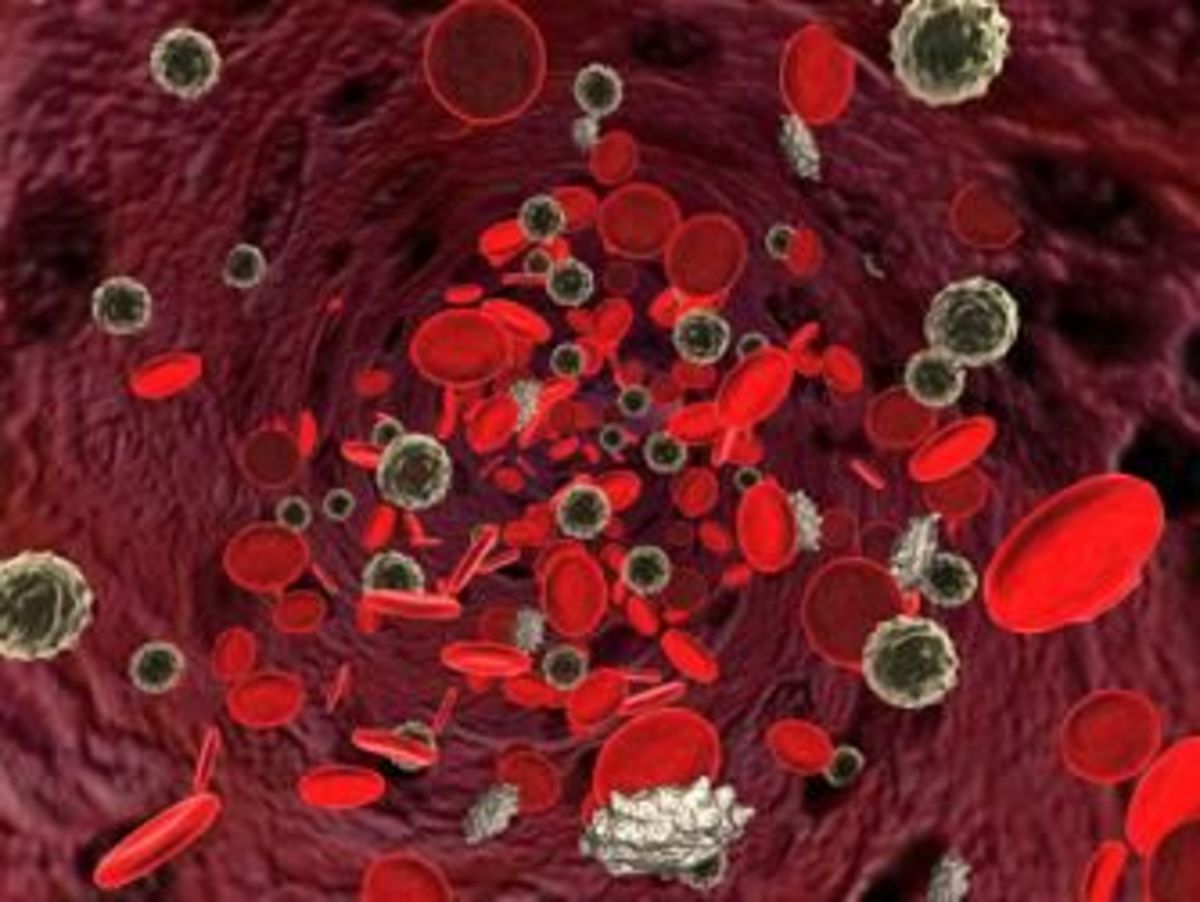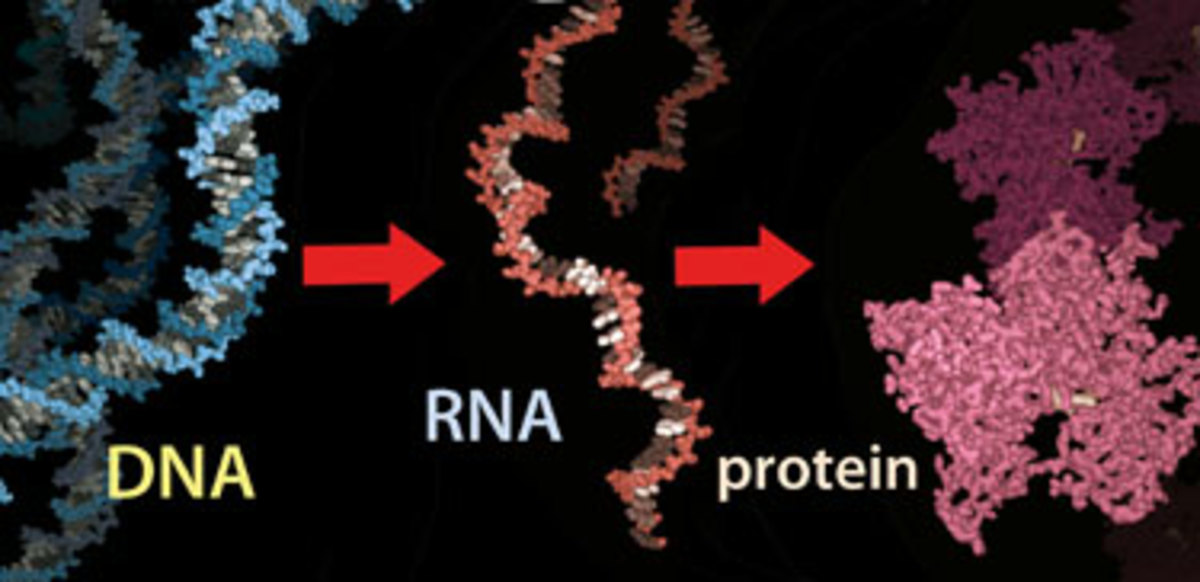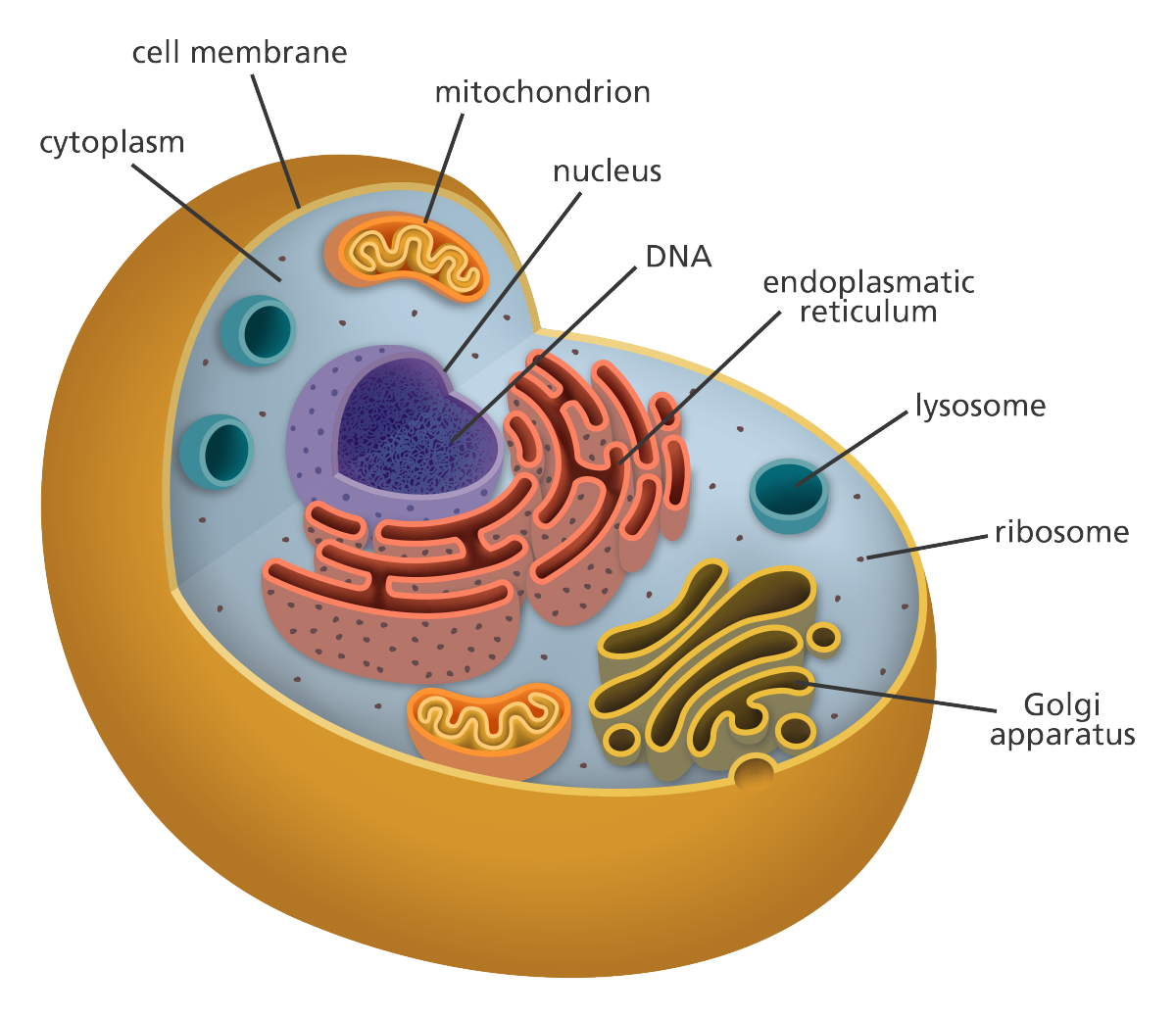Science: What are Stem Cells?
In the beginning there is the stem cell; it is the origin of an organism's life.
STEWART SELL, Stem Cells Handbook
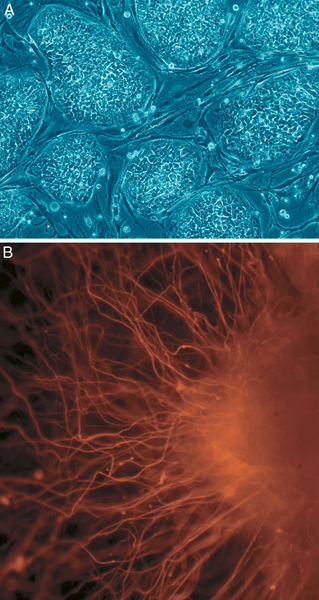
Introduction
Stem cells research is still in its infancy. It has not been around for a long enough time and there is a lot about it that we still don’t know and might not know for many years to come.
A stem cell is different from a normal cell due to the ability it has to differentiate. Normal cells do not have that ability and are already fully differentiated. Take for example a white blood cell; it has already been formed into a white blood cell. That is the only cell it will ever be and the only job it will ever do. But a stem cell can still become any cell and do any job that is needed in the body.
Stem cells have a rich history and have appeared in stories from the times of the ancient Greeks. It is not just used to treat diseases, but is used in a broad range of experiments and research.
There are a lot of challenges that need to be overcome before stem cells can be used to their full capabilities. One of the challenges is the controversies that have been triggered over stem cell research, especially embryonic stem cells that have been banned or restricted in some countries. It is obstacles such as these that need to be overcome for it to be able to grow.
What are Stem Cells?
Stem cells are the master cells of the body. They have the ability to reproduce indefinitely and form any of the numerous cells that make up the body of the organism.
To make full use of stem cells’ potential to treat diseases and disabilities, you need to know how they work and what chemical signals trigger them to divide or differentiate. You also need to know exactly what they are and how to be sure that what you are working with are actually stem cells.
Stem cells exist in different environments all over the body, known as niches. Each niche has a different environment. Scientists have to work out how to replicate these environments successfully in the lab to be able to culture stem cells. If they don’t replicate the exact environment needed for successful differentiation or self-renewal, it can introduce potentially harmful changes to the cells.
Explaining Specialization
Stem cells can be thought of as a child, let’s call him John, who was just born. John has the potential to become anything he wants and his only job is to grow up. That’s just like totipotent stem cells that have all the genetic ability to become any cell of the organism, which only job is to differentiate or replicate.
As John grows up and starts going to school, he finds that there are certain subjects that he doesn't like. He is starting to discover what he wants to become later in life. This also happens to the stem cells in the body. They start to differentiate and it is now only pluripotent which means that they can only differentiate to become a cell of a certain organ. There is still a range of different possibilities, but there are less than at the beginning.
Then John moves through school and go to university and starts specializing in a certain subject area. The same happens to the stem cells now becoming more specialized, and they are now multipotent, so they can only become a cell from a certain tissue of that specific organ.
Then he gets a job and now he has only one specialization. This is the same as the stem cells fully specializing into the cell of that tissue and now having a specific job to do
Neurons
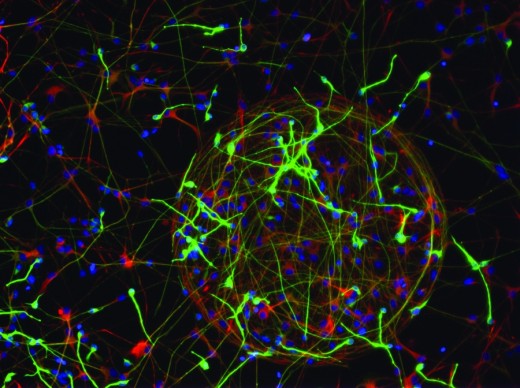
Identifying Stem Cells
Knowing which cells are stem cells and which are not takes time and is important. There are a few methods that are used. Not all scientists agree on which is the most effective method to use to identify stem cells.
The first method is to grow it in a petri dish for several months and see if it is self-renewing. They also examine the cell surface to find markers that only exists on undifferentiated cells. Another method is looking for the presence of the OCT-3/4 protein (used in the self-renewal of stem cells) typically produced by undifferentiated cells. Only a few methods are mentioned here but there are more.


